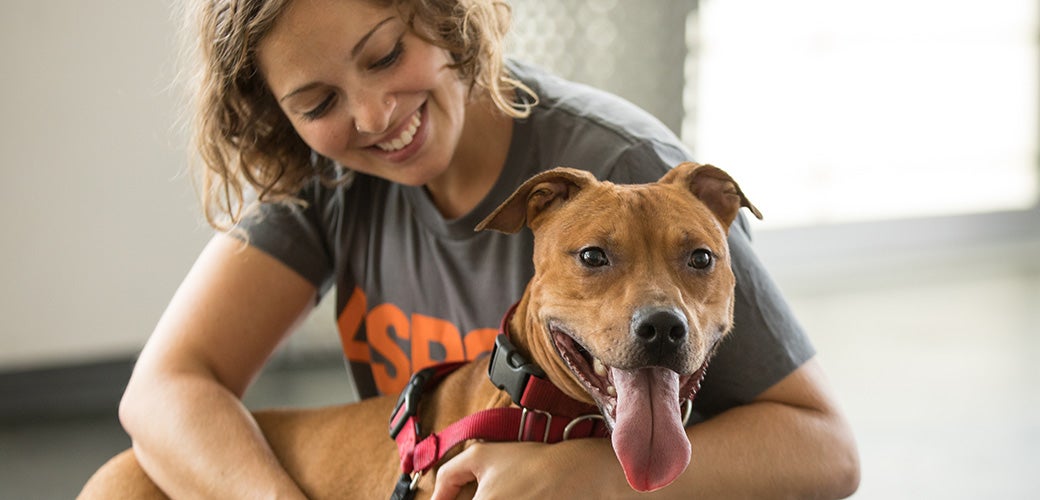
Tips to Make Adopted Dog Feel Safe and Secure at Home
Share
Adopting a dog is a heartwarming experience, but it's crucial to ensure the new member of your family feels secure in their new environment. Adopting a dog means providing not just a home, but also a safe haven where they can thrive. Here, we delve into essential tips to make adopted dog feel safe and supported, helping you create a nurturing environment for your furry friend.

Understanding Your Dog's Needs
Before diving into specific tips to make adopted dog feel safe, it's important to understand their unique needs. Dogs, like humans, require a sense of security to live happily. This is especially true for adopted dogs who may have faced abandonment, abuse, or neglect. Learning about their past can offer valuable insights into their behavior and how you can help them adjust. For more on understanding the special needs of adopted dogs, check out Adopting a Dog with Medical Needs.
Creating a Safe Space
Designate a Comfort Zone
One of the first steps in ensuring an adopted dog feels safe is by creating a designated comfort zone. This can be a cozy corner with their bed, toys, and water. Make sure this area is quiet and away from the hustle and bustle of daily activities. The idea is to provide a retreat where they can relax without feeling overwhelmed.
Maintain a Routine
Dogs thrive on routine. Establishing a regular schedule for feeding, walks, and playtime can help your dog feel secure. Consistency reduces anxiety and helps your dog understand what to expect. For more tips on maintaining a routine, visit 5 Steps to Help Your Dog Feel Safe During a Storm.
Building Trust and Bonding
Patience and Positive Reinforcement
Building trust with your adopted dog is key to making them feel safe. Use positive reinforcement techniques like treats and praise to encourage good behavior. Be patient; trust is not built overnight. Avoid punishment, as it can lead to fear and anxiety.
Socialization
Introduce your dog to new environments and people gradually. Socialization is essential, but it should be done at your dog's pace. Start with short walks around the neighborhood and gradually introduce them to new experiences. Always monitor their reactions and provide reassurance when needed.
Health and Wellness
Regular Vet Visits
Ensuring your dog is healthy is a fundamental aspect of making them feel safe. Regular vet check-ups can help identify any health issues early on. A healthy dog is a happy dog, and knowing they are cared for will boost their sense of security.
Nutrition
Provide a balanced diet tailored to your dog's needs. Proper nutrition supports overall health and wellbeing, which in turn contributes to their sense of security. Consult your vet for dietary recommendations specific to your dog's breed and age.
Conclusion
Adopting a dog is more than just bringing a pet home; it's about creating an environment where they feel loved and secure. By following these tips to make adopted dog feel safe, you can ensure your new family member has the best start in their forever home. Remember, patience and understanding go a long way in helping your adopted dog adjust and thrive.

FAQ
How can I tell if my adopted dog feels safe?
A dog that feels safe will exhibit relaxed body language, be willing to explore their surroundings, and show a healthy appetite. They will also engage positively with family members and show interest in playing.
What should I do if my adopted dog shows signs of anxiety?
If your dog shows signs of anxiety, such as excessive barking or destructive behavior, it's important to consult with a vet or a professional dog trainer. They can offer guidance on how to address these issues effectively.
How long does it take for an adopted dog to feel at home?
The time it takes for an adopted dog to feel at home can vary greatly depending on the dog's past experiences and personality. It can range from a few weeks to several months. Consistency and patience are key during this adjustment period.
This article contains affiliate links. We may earn a commission at no extra cost to you.
